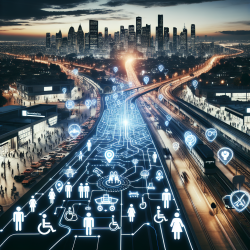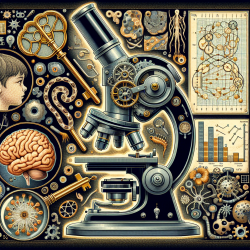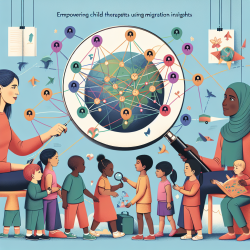Unveiling the Power of Machine Learning in Commuter Networks
In the realm of special education, understanding and leveraging data can significantly enhance our ability to provide better services. The research article titled "Reconstructing Commuters Network Using Machine Learning and Urban Indicators" offers fascinating insights into how machine learning can be applied to predict and reconstruct commuter networks. This approach is not only innovative but also highly accurate, achieving a 90.4% accuracy in network reconstruction.
Why Machine Learning?
Traditional models like the gravitation and radiation models have been used to predict human mobility. However, these models often fall short due to their limited ability to account for various urban indicators beyond just distance and population. Machine learning, on the other hand, can incorporate a broader set of 22 urban indicators, such as GDP and unemployment rates, to provide a more comprehensive understanding of commuting patterns.
Key Findings
- Machine learning models can reconstruct commuter networks with a 90.4% accuracy.
- These models describe 77.6% of the variance observed in the flow of people between cities.
- Distance, GDP, and unemployment rates are significant indicators influencing commuting patterns.
Practical Implications for Special Education Practitioners
For special education practitioners, understanding these patterns can aid in better resource allocation and planning. For instance, knowing the commuting trends can help in planning the location of therapy centers or special education programs to ensure they are accessible to those who need them the most.
Encouraging Further Research
This research opens the door for further exploration into how urban indicators can influence various aspects of society, including education. By understanding these dynamics, practitioners can advocate for policies that support the needs of students with special needs more effectively.
To delve deeper into the methodologies and findings of this study, I encourage you to explore the original research paper. It provides a detailed analysis and could be a valuable resource for anyone interested in the intersection of machine learning and urban studies.
To read the original research paper, please follow this link: Reconstructing commuters network using machine learning and urban indicators.










